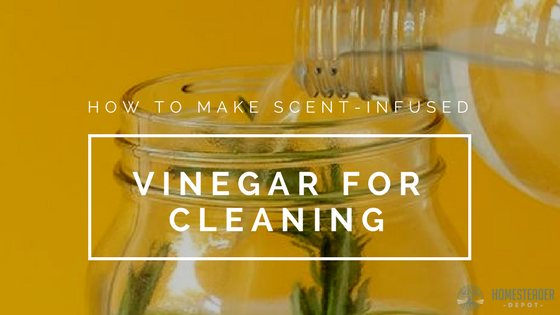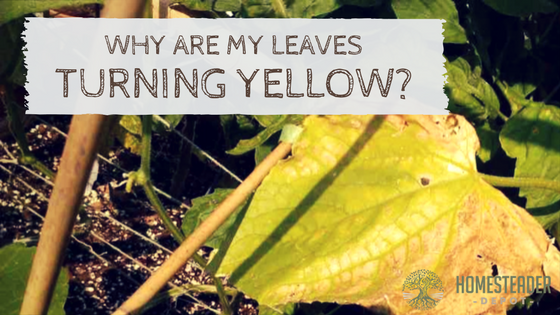3 Reasons to Keep Raw Honey Around
Honey is a staple of any well-stocked pantry, but most people just think of it as a condiment to be added to tea or perhaps to top sweets or desert. The majority of conventional, store-bought honey, however, is actually pasteurized. Pasteurized honey sounds like a good idea, like any pasteurizing process, as it supposedly eliminates … Read more








